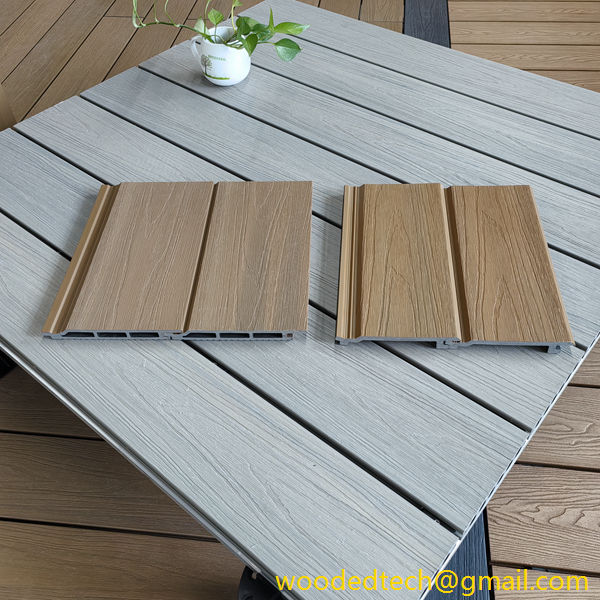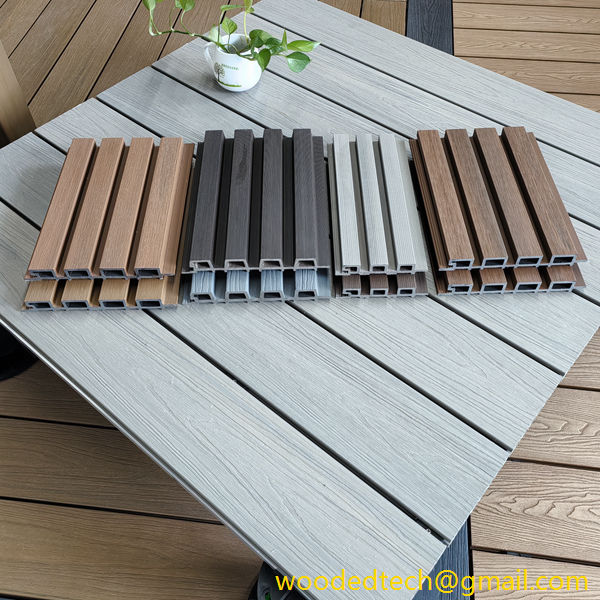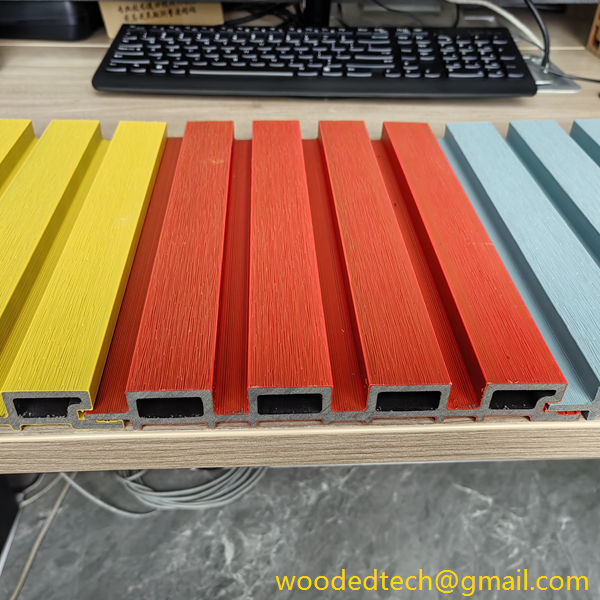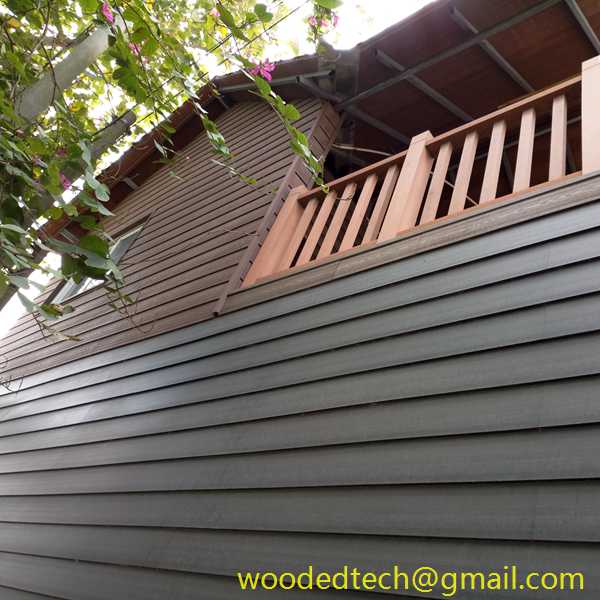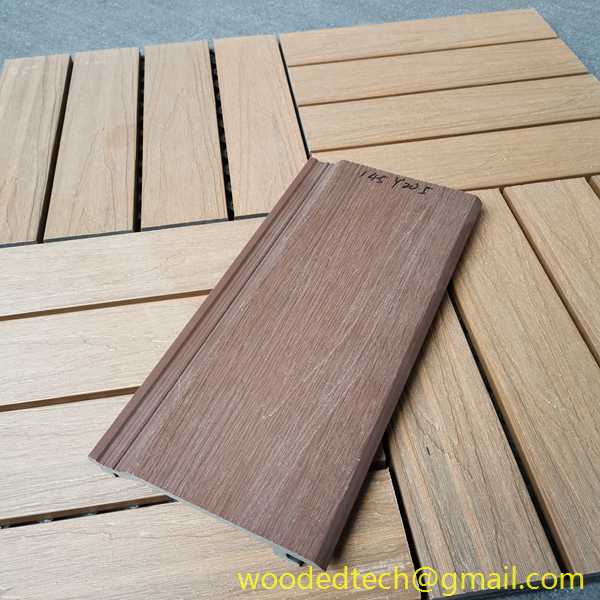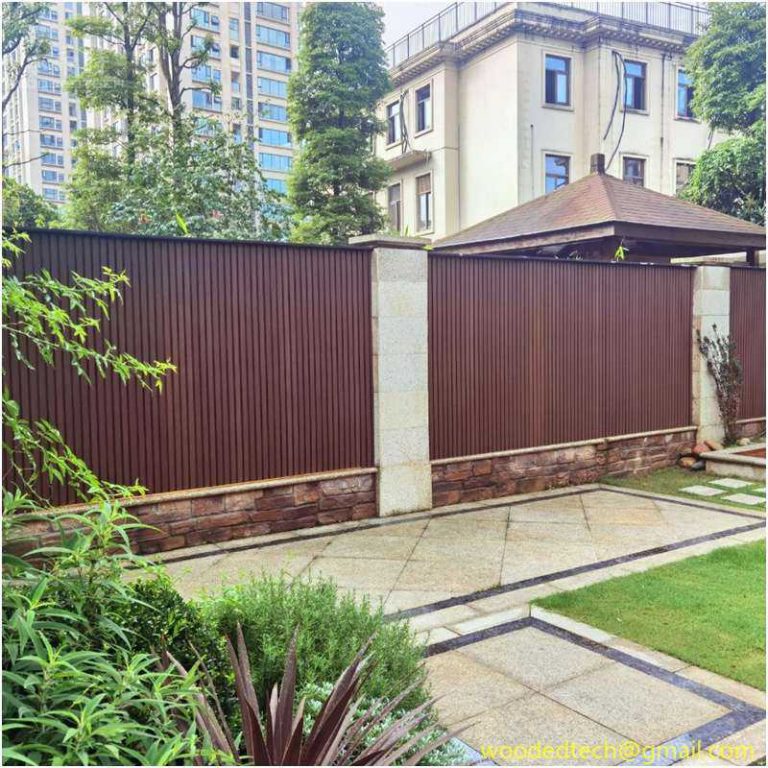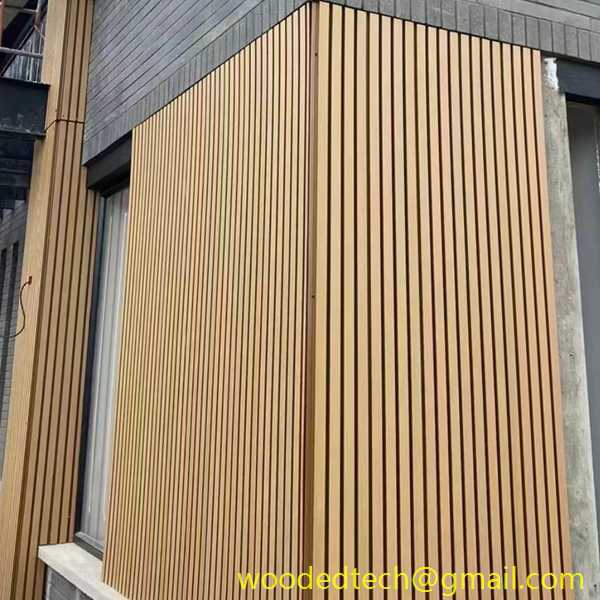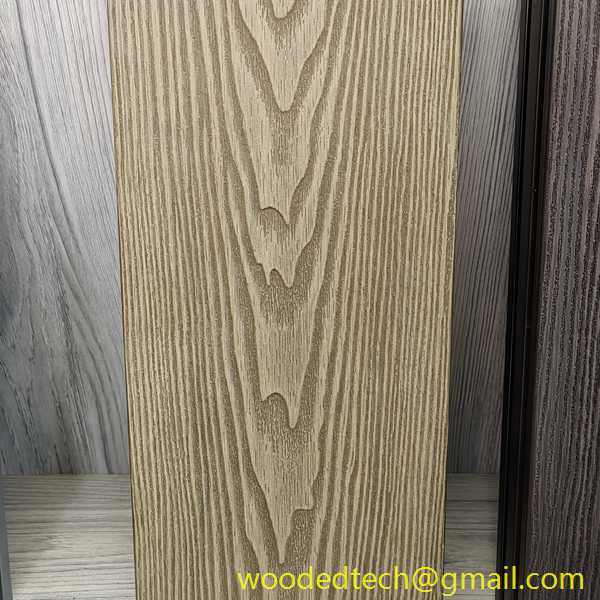In recent years, the construction and interior design industries have witnessed a significant shift towards sustainable materials. One of the most notable innovations in this realm is the introduction of Wood-Plastic Composites, or WPC wall panels. These panels combine the aesthetic appeal of wood with the durability and low maintenance of plastic, making them an attractive option for both residential and commercial applications. From a market perspective, the rise of WPC wall panels reflects broader trends in sustainability, design, and consumer preference.
The global market for WPC products has been steadily growing, driven by increasing awareness of environmental issues and the need for sustainable building materials. WPC wall panels are particularly appealing due to their eco-friendly composition, which often includes recycled wood fibers and plastics. This not only reduces waste but also lowers the carbon footprint associated with traditional building materials. As consumers become more environmentally conscious, the demand for sustainable products like WPC wall panels is expected to rise, presenting lucrative opportunities for manufacturers.
One of the key advantages of WPC wall panels is their versatility. They can be used in a variety of settings, from residential homes to commercial spaces. In residential applications, WPC panels can be employed for interior walls, exterior cladding, and even decorative accents. In commercial settings, they are increasingly used in offices, retail spaces, and hospitality environments. The ability to mimic the look of natural wood while providing enhanced durability makes WPC wall panels an attractive choice for architects and designers looking to create innovative spaces.
In addition to their aesthetic versatility, WPC wall panels offer practical benefits that contribute to their growing popularity. These panels are resistant to moisture, rot, and insects, making them ideal for a range of climates. Unlike traditional wood, WPC panels do not warp or crack over time, ensuring that they maintain their appearance and structural integrity for years. Furthermore, they require minimal maintenance, which is a significant selling point for property owners and managers looking to reduce long-term costs.
Another factor driving the market for WPC wall panels is the advancement of manufacturing technologies. Innovations in production processes have led to improved quality and performance characteristics of WPC products. For instance, the development of advanced composite materials has enhanced the strength and durability of WPC panels, allowing them to compete more effectively with traditional materials. These technological advancements also enable manufacturers to produce panels in a wide range of colors, textures, and finishes, catering to diverse consumer preferences.
The rise of e-commerce has also played a pivotal role in expanding the market for WPC wall panels. Online platforms allow manufacturers to reach a broader audience, making it easier for consumers to access a variety of products. This accessibility is particularly beneficial for homeowners and small businesses that may not have access to local suppliers. Additionally, the growing trend of DIY home improvement projects has led to increased interest in WPC wall panels, as they are relatively easy to install compared to traditional materials.
However, while the market for WPC wall panels is promising, it is not without challenges. Competition from other sustainable materials, such as bamboo or recycled metal, poses a significant threat. Additionally, fluctuations in raw material prices can impact production costs and, subsequently, retail prices. Manufacturers must remain vigilant and innovative to maintain their competitive edge in this dynamic market.
Looking ahead, the future of WPC wall panels appears bright. As sustainability continues to be a priority for consumers and industries alike, the demand for eco-friendly building materials is likely to increase. Furthermore, ongoing innovations in design and manufacturing processes will continue to enhance the appeal of WPC products. Companies that invest in research and development, as well as marketing strategies that highlight the benefits of WPC wall panels, will be well-positioned to capitalize on this growing market.
In conclusion, WPC wall panels represent a significant innovation within the construction and design sectors. Their combination of sustainability, durability, and aesthetic appeal makes them an attractive choice for a variety of applications. As consumer preferences shift towards environmentally friendly options, the market for WPC wall panels is poised for continued growth. Manufacturers that embrace innovation and adapt to changing market dynamics will find themselves at the forefront of this exciting industry.

